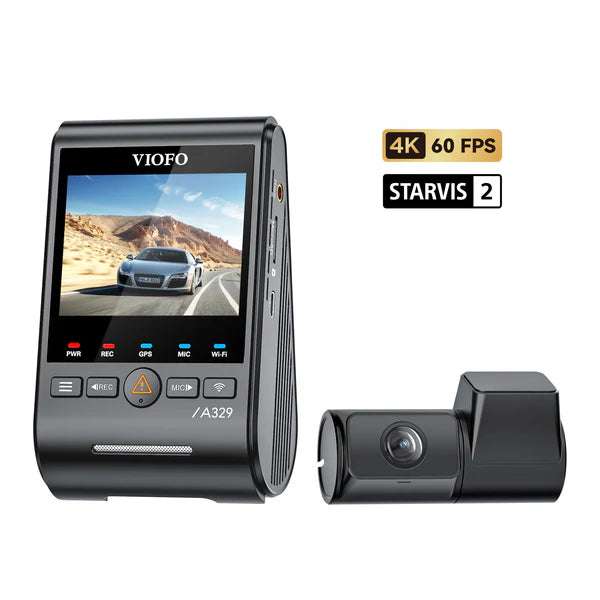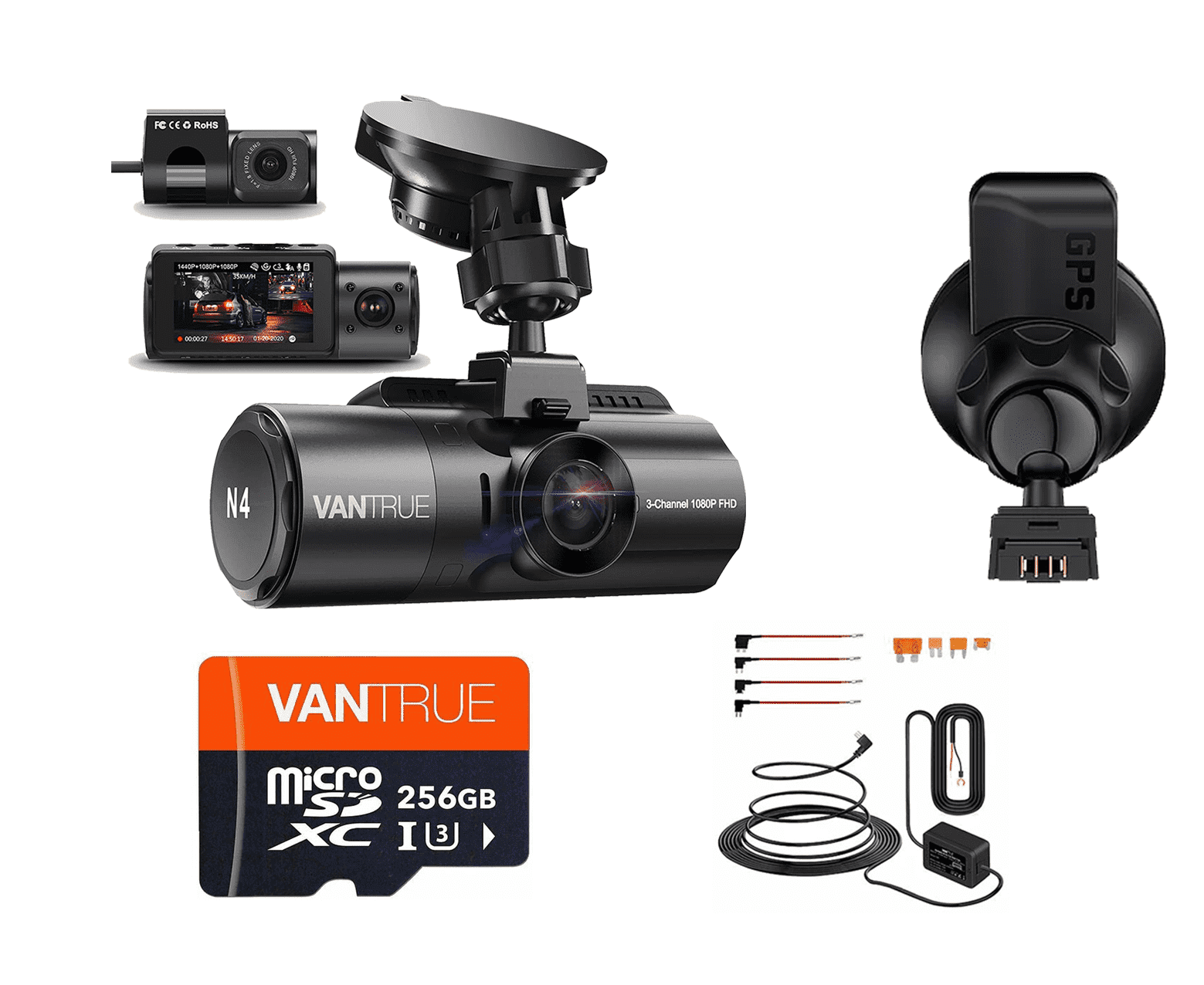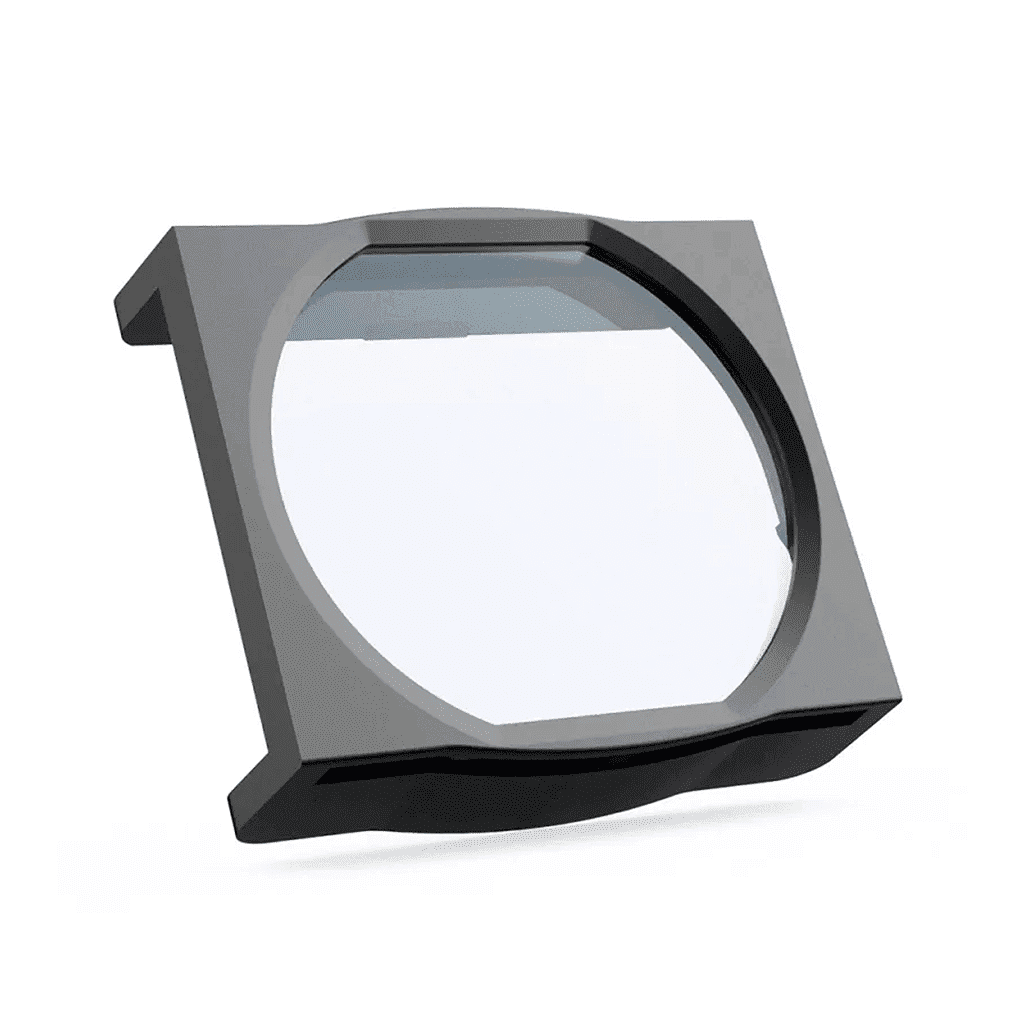Have you ever wondered if your GoPro can do more than just capture breathtaking adventures? Could it perhaps even function as a dashcam? In a world where safety and documentation on the roads are becoming increasingly important, the idea of using a GoPro as a dashcam is tempting. But is it really possible? In this article, we will look at all aspects of this exciting question: from the advantages and disadvantages to the technical setup and the legal framework.
What is a GoPro?
A GoPro is a compact, rugged action camera designed to capture high-quality video and photos in extreme conditions. Originally founded in 2002 by Nick Woodman, GoPro quickly established itself as a leader in the action camera space. The cameras are known for their versatility and ease of use, making them ideal for athletes, adventurers and travelers. GoPros are waterproof, shockproof and offer a variety of features such as 4K video recording, time-lapse, slow motion and built-in stabilization technologies. These features allow users to capture impressive footage from unique perspectives, whether surfing, skiing, cycling or even snowboarding. In addition to the cameras, GoPro also offers a range of accessories including mounts, tripods and carrying cases that make it easier to use the cameras in different environments. GoPro's Quik app allows users to edit and share their videos, making content creation even easier.
What is a dash cam?
A dashcam, also known as a dashboard camera, is a compact camera that is installed in a vehicle to continuously record video of road traffic while driving. It is often mounted on the inside of the windshield or on the dashboard and is mainly used as evidence in traffic accidents. A suction cup or adhesive pad is often used for attachment. The videos recorded are valuable for clarifying the course of an accident or for reporting traffic violations. Unlike conventional video recording systems, dashcams save their recordings in a loop (loop function). After a programmable time has elapsed or when the storage limit is reached, older recordings are overwritten. Many dashcams are also equipped with a G-sensor that writes protection to the current video in the event of an accident in order to protect important evidence. In addition, most models have a parking mode that allows incidents to be recorded while the vehicle is parked. This function serves as a deterrent against theft and vandalism when the driver is not in the vehicle.
GoPro as a dashcam: advantages and disadvantages
Using a GoPro as a dash cam may seem tempting at first, as these cameras are known for their impressive image quality and versatility. However, there are key differences between a GoPro and a dash cam designed specifically for driving that should be considered when making your decision.
It's true: GoPros offer outstanding image quality and high resolutions that are particularly optimized for action videos and sports footage. They can record in 4K and even higher, which is overkill for most dashcam needs. Dashcams, on the other hand, are often designed for a reasonable resolution of 1080p or 1440p, which is perfectly sufficient to reliably capture license plates and traffic situations. Dashcams also have the so-called "loop function" that allows old recordings to be automatically overwritten as soon as the memory is full. GoPros, on the other hand, must be controlled manually, and their memory card can fill up quickly due to the high resolution. This can be problematic in the event of an accident when crucial footage may not be saved.
The dashcam, on the other hand, thanks to the integrated G-sensor (accelerometer), can register forces that act during an impact and move the recorded footage to a special folder that cannot be overwritten by new recordings. This is especially important to ensure that crucial evidence is not lost in the event of an accident or unexpected situation.
Additionally, GoPros lack many of the now standard features that a dashcam offers. These include the intelligent parking mode, which monitors the vehicle even when the driver is not in the car. Likewise, the integrated GPS module is of great importance, especially in the event of an accident, as it provides precise evidence of the position and speed at the time of the incident, thus helping to prove one's innocence.
Our conclusion on GoPro as a dashcam
Although GoPros are technically impressive, they are not suitable as a dash cam. Their shortcomings in memory management and usability, as well as the lack of important features such as loop recording, G-sensor and smart parking mode, make specialized dash cams the better choice for road safety and incident documentation. There are also now dash cams with voice control that allow the driver to concentrate fully on the traffic. Therefore, it makes sense to invest in a dash cam to be optimally protected on the road.









